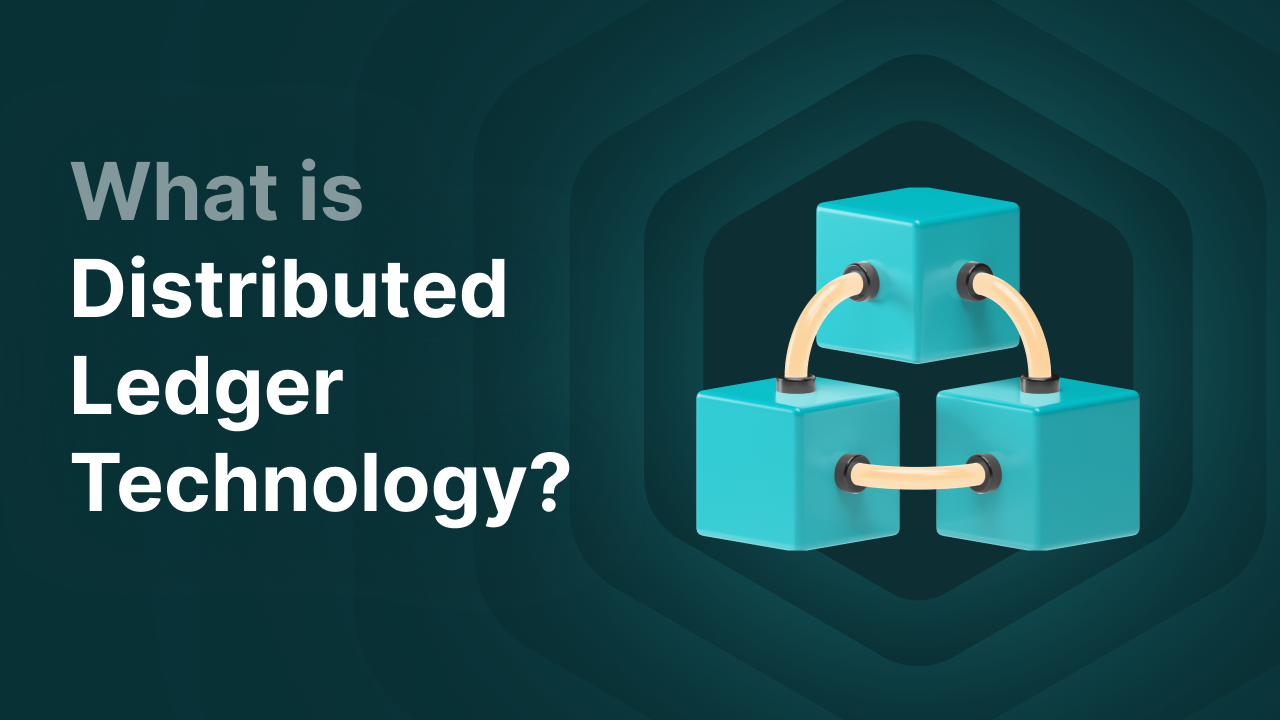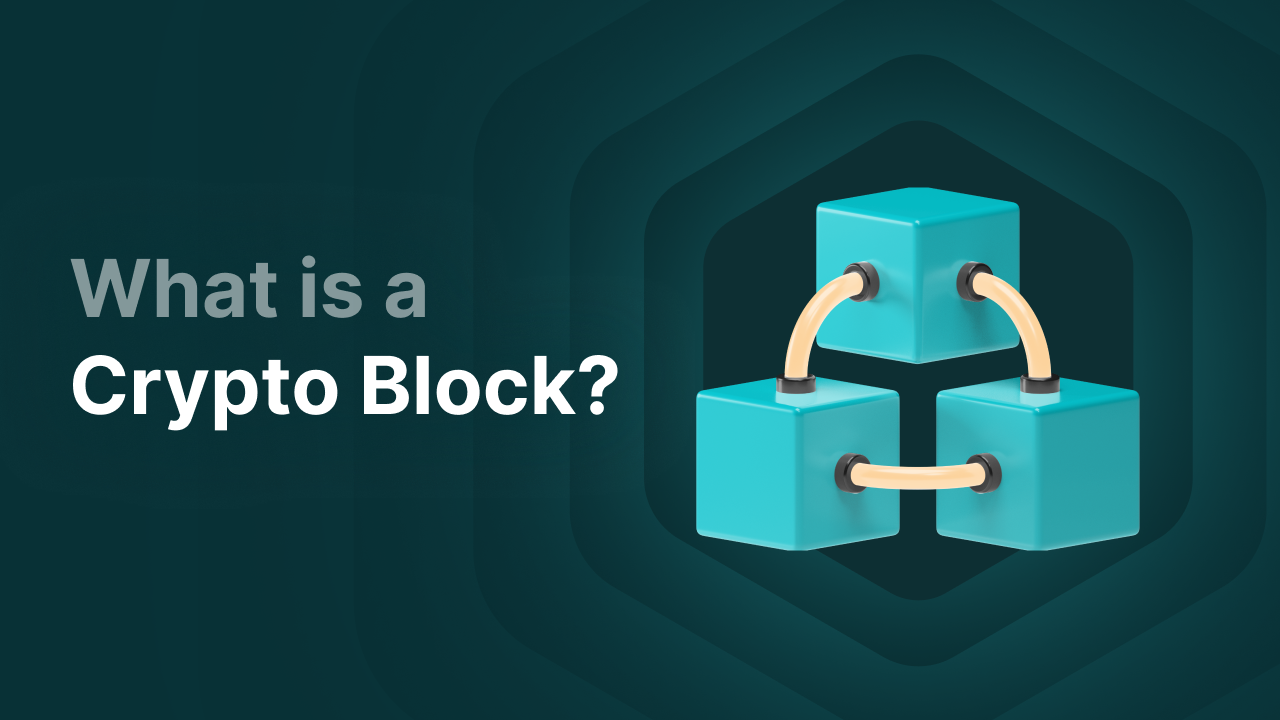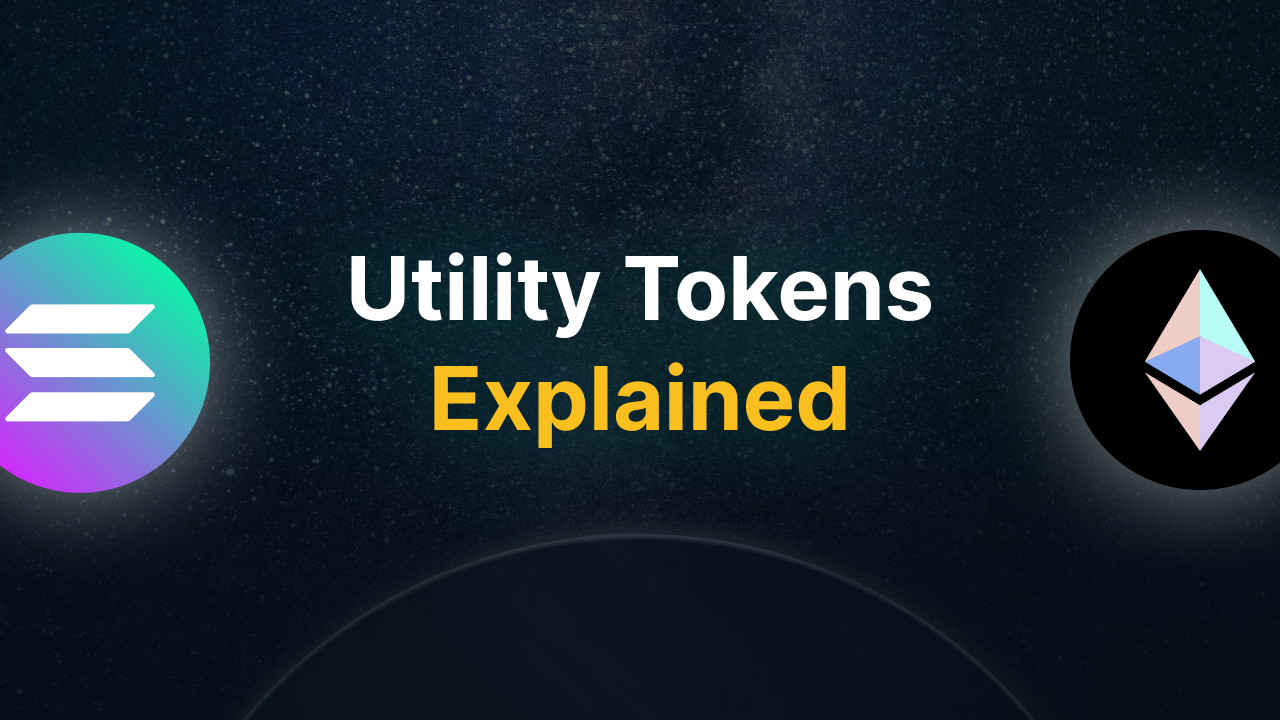What is Distributed Ledger Technology (DLT) in Crypto?

What is Distributed Ledger Technology (DLT)?
Distributed Ledger Technology (DLT) is a digital infrastructure that stores data in a decentralized manner. Data is stored in a decentralized database maintained by computers across the globe (nodes), rather than on a server managed by a central authority, such as a web administrator.
Each participant (node) has a copy of the ledger and adds new information to it, such as new transactions and new digital contracts (smart contracts). This is called validation. Validating transactions and other data is necessary to keep the database up to date. In the crypto market, this happens by adding new blocks to the blockchain.
DLT therefore plays an important role in blockchain technology.
Key Takeaways
-
DLT is a decentralized technology with no central authority, where data is stored and managed by a network of nodes worldwide.
-
Consensus mechanisms such as Proof of Work, Proof of Stake, and Proof of History enable transactions to be validated without intermediaries.
-
DLT enables secure, transparent, and efficient applications, such as peer-to-peer transactions, smart contracts, digital ownership records, and decentralized governance.
-
The technology also has limitations, such as scalability issues, technical complexity, and energy consumption with mechanisms like PoW. Additionally, errors on the blockchain are usually irreversible.
-
Since the introduction of Bitcoin in 2008, DLT has rapidly evolved, with new blockchains like Ethereum enabling broader applications.
History of Distributed Ledger Technology (DLT)
In the 1970s and 1980s, scientists laid the foundation for what we now know as Distributed Ledger Technology, by experimenting with cryptography and digital signatures. Scientists experimented with cryptography and digital signatures, eliminating the need for a central intermediary to reach consensus. The foundation was laid for a system in which data could be shared securely.
Until the 1990s, it remained an idea. Then it started to take shape. Companies and government agencies realized they could solve problems faster by distributing work across multiple computers. The solutions were then combined in a database. The system improved with enhanced computing power, software, networks, and data science. This led to data being collected and analyzed faster and more easily. However, one challenge remained: how can you be sure that the information provided is still reliable, since more computers are gaining access to the system and can make changes?
The solution: a system or program that automatically verifies transactions using algorithms and encryption. Over the years, researchers, cryptographers, and software developers have worked on the development of DLT, as blockchains apply it today. They developed a system that uses consensus, a process where multiple network participants must agree on the validity of a transaction. This must be done without a central party, or even a human, having to check it. This must be done with algorithms and encryption.
In 2008, the world was truly introduced to Distributed Ledger Technology. The anonymous creator of Bitcoin, Satoshi Nakamoto, published the world-famous Bitcoin whitepaper. This whitepaper describes how a functioning digital ledger, along with blockchain technology, enables a fully decentralized payment system. All data is stored on thousands of computers, creating a system that is difficult for a single computer to manipulate. Additionally, the system is open-source and transparent to everyone. This ensures transparency and allows all activity to be monitored and tracked. Bitcoin shows that trust in centralized parties such as banks and governments is no longer necessary, and that you can have full control over your own money.
The introduction of Bitcoin changed the world and created a new market: the crypto market. Soon after, new projects were launched and new cryptocurrencies emerged, such as Ethereum and Dogecoin. Ethereum introduced a broader use case through smart contracts, making more possible than just sending and receiving transactions on the blockchain. This is just the tip of the iceberg, as many different systems have since been developed that each add something unique. Development continues, and the possibilities are endless.
How Does Distributed Ledger Technology (DLT) Work?
Distributed Ledger Technology works with cryptography to store data securely and accurately. Cryptographic keys and digital signatures ensure that data is accessible and can be stored. The data is stored permanently, meaning it is immutable. The exact conditions are defined in the blockchain's code and integrated into the digital ledger. The decentralized nature of the blockchain and encryption through private and public keys ensure that managing funds, for example in crypto wallets, is relatively secure and less vulnerable to cybercrime. Cybercriminals would need to simultaneously attack at least 51% of all nodes to succeed.
Each node (a computer) maintains a copy of the ledger. When a change occurs (which happens continuously), the data on all nodes is updated. This occurs each time the nodes reach consensus on the validity of a transaction. Transactions are digitally signed, validated, and processed into a block. This block refers to the previous block to make alterations impossible.
If you want to send a crypto like Solana from A to B, you do so via the blockchain. Cryptocurrencies operate on the blockchain, and therefore they also use DLT.
Applications of DLT in the Crypto World
Thanks to DLT, there are various things you can do in a decentralized and secure way. Over the years, the technology has enabled more possibilities as more blockchains are launched, each adding value in its own way. Below are the main use cases:
-
Executing Transactions: Performing secure transactions without the need for central systems.
-
Smart Contracts: Developing and executing smart contracts. These are self-executing computer programs on a blockchain that automatically enforce agreements between parties when predefined conditions are met.
-
Governance: Conducting fair, secure, and transparent voting, allowing each network participant to help decide the future of a blockchain or protocol.
-
Proof of Ownership: The blockchain provides proof of ownership in an immutable and transparent system.
All these applications could also be used in daily life if governments and centralized businesses embraced these technologies.
Consensus Mechanisms in Distributed Ledger Technology
Within Distributed Ledger Technology (DLT), there are different systems developed that all reach consensus in their own way. Here are the most well-known consensus mechanisms:
-
Proof of Work (PoW): The first consensus mechanism, used by Bitcoin and Litecoin, is PoW. In this system, computers (miners) try to solve complex cryptographic puzzles. The first to succeed is allowed to validate transactions and add a new block to the blockchain. This requires a lot of computing power and energy, making PoW less efficient. However, it is extremely secure and offers miners incentives in the form of mining rewards paid in crypto like BTC and LTC.
-
Proof of Stake (PoS): In response to criticism of the computing power and scalability issues of PoW-based blockchains, PoS was developed. This system, used by Ethereum and Cardano, selects validators to validate transactions. The more tokens a validator has staked, the greater the chance of being chosen. Validators are participants who stake their tokens to help secure the system. Unlike PoW, nodes don’t need to be involved in every block, only those for which they are selected. This is more efficient, scalable, and often cheaper. As a reward, stakers usually receive compensation consisting of transaction fees paid by users.
-
Delegated Proof of Stake (DPoS): A more democratic version of PoS is DPoS. This variant of Proof of Stake allows participants to decide which validators may validate transactions by delegating tokens into a staking pool or to a node.
-
Proof of History (PoH): Solana introduced PoH, a consensus mechanism that uses a cryptographic timestamping method to prove that events occurred in a specific order. This happens even before consensus on transactions is reached. This increases efficiency and network speed, allowing validators to validate transactions without long communication. This leads to high processing speeds and low congestion.
Pros and Cons of DLT
Using Distributed Ledger Technology (DLT) has both advantages and disadvantages:
Final thoughts
Distributed Ledger Technology (DLT) is the foundation of many modern blockchain networks. By enabling decentralization, cryptography, and smart contracts, DLT provides a powerful alternative to traditional centralized systems. Despite challenges like scalability and energy consumption, the global impact of DLT is undeniable, and the technology continues to evolve rapidly toward new applications inside and outside the crypto world.




